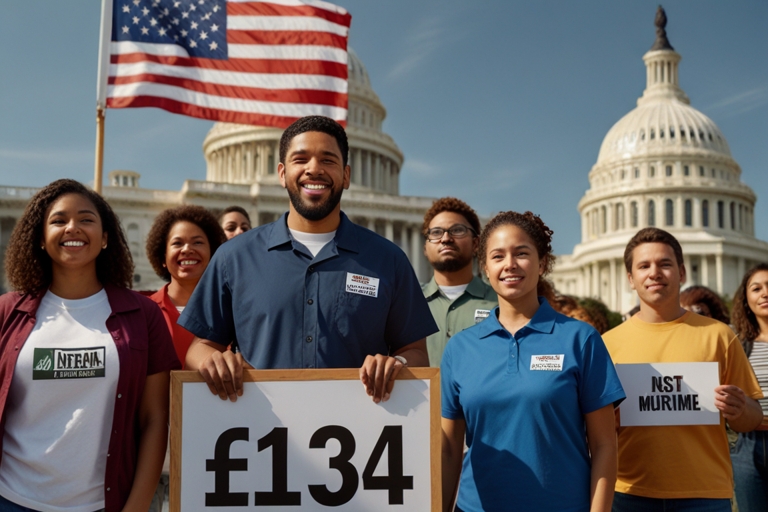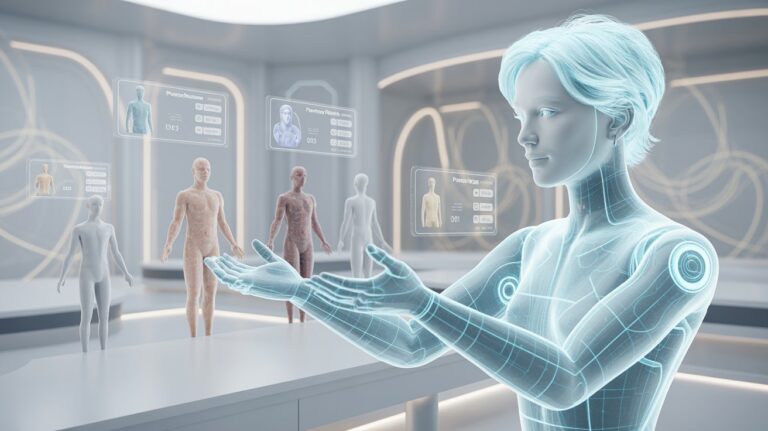
TL;DR
- Republican Senator Josh Hawley of Missouri is sponsoring a bill to raise the federal minimum wage to $15 from $7.25.
- Thirty-one states, including Missouri, already have minimum wages above the federal level.
- Inflation has eroded the real value of the federal minimum wage since 2009.
- Only about 1% of hourly workers still earn the federal minimum or less, but 14 million make under $15 an hour.
- Supporters say a $15 wage helps workers keep pace with economic reality; opponents warn of job loss and automation risks.
- Bipartisan sponsorship may increase chances for a federal minimum wage increase after 16 years.
Republican Senator Josh Hawley Backs $15 Minimum Wage
In a notable shift, Republican Senator Josh Hawley of Missouri is sponsoring legislation to raise the federal minimum wage from $7.25 to $15 an hour, marking the first major federal push for a wage increase in 16 years. This move has raised eyebrows given the usual partisan divide on the issue.
Hawley’s support reflects economic realities, especially for his home state. Missouri’s minimum wage is already set to rise to $15 on January 1, 2026, and a federal increase would help level the playing field nationwide, preventing businesses from relocating to states with lower wage floors.
“I think (Hawley’s sponsorship) is an admission that minimum wage increases are very popular,” said Ben Zipperer, senior economist at the Economic Policy Institute, a liberal think tank advocating for higher wages. Zipperer emphasizes the ongoing concern about low pay in the U.S. workforce.
Inflation Has Devalued the Federal Minimum Wage
The current federal minimum wage of $7.25 was established in 2009 and has remained unchanged since. However, inflation has significantly reduced its purchasing power.
According to the Bureau of Labor Statistics (BLS) inflation calculator, the equivalent value of $7.25 in 2009 is about $10.82 in 2025 dollars. This means workers earning the federal minimum today effectively make much less than their counterparts did over a decade ago.
Senator Hawley acknowledged this problem in a statement supporting the bill:
“For decades, working Americans have seen their wages flatline… This bipartisan legislation would ensure that workers across America benefit from higher wages.”
The bipartisan nature of the bill is underscored by Vermont Democratic Senator Peter Welch co-sponsoring the proposal.
State and Local Minimum Wage Landscape
Currently, 31 states require minimum wages above the federal level, reflecting a patchwork of policies nationwide. In ten states plus the District of Columbia, the minimum wage is already $15 or higher.
Missouri’s upcoming $15 minimum wage places it in this growing group, which may explain Hawley’s sponsorship. Businesses might otherwise favor states with lower wage requirements, potentially disadvantaging Missouri in the national economy.
| State Minimum Wage Highlights (2025) | Minimum Wage Rate |
| Missouri (effective Jan 1, 2026) | $15.00 |
| California | $16.00+ |
| District of Columbia | $15.00 |
| Ten states with $15+ rates | $15.00 or more |
Who Would a $15 Minimum Wage Affect?
Despite the attention, workers earning the federal minimum wage or less make up a small fraction of the workforce. The Bureau of Labor Statistics data for 2023 show about 870,000 workers earning $7.25 or below—roughly 1% of the 80 million hourly workers in the U.S.
However, many more workers earn between the current federal wage and $15 per hour. Economist Ben Zipperer estimates about 14 million workers earn less than $15 hourly, who could benefit significantly from an increase.
“Minimum wage bills are always going to affect a minority of the workforce,” Zipperer noted. “Still, that’s nothing to sneeze at.”
The Conservative Case and Concerns Over Job Loss
Not all conservatives are on board. The Employment Policies Institute, a conservative think tank opposing wage hikes, warns that raising the minimum wage could reduce employment opportunities.
Research director Rebekah Paxton argued that higher wages may encourage businesses to replace workers with automation or artificial intelligence, a trend already underway in some sectors.
“Yes, it could boost wages, but it also could kill jobs for a sizable part of the workforce. There’s a tradeoff we think Senator Hawley is ignoring,” Paxton said.
The concern is that the benefits of wage increases could be offset by job cuts or fewer hours worked, particularly for lower-skilled workers.
Political Dynamics and Potential for Passage
The bipartisan support — with a Republican like Hawley sponsoring and Democrats backing — could change the dynamics of minimum wage debates in Congress.
Some analysts suggest this signals growing acceptance of wage increases across party lines, responding to inflation pressures and worker expectations.
With 16 years since the last federal minimum wage increase, this renewed push might finally gain traction in the current political climate.




